309 Eveline Street
The four-generation business, Gilbart Funeral Home, begins with James Maurice Gilbart. Maurice and his wife, Muriel Dixon were married in their hometown of Elkhorn, Manitoba. When they moved to Winnipeg, Maurice found work at Leatherdale Gardiner Funeral Home. Having found his passion, Maurice wrote and passed his exams to become a funeral director and embalmer.
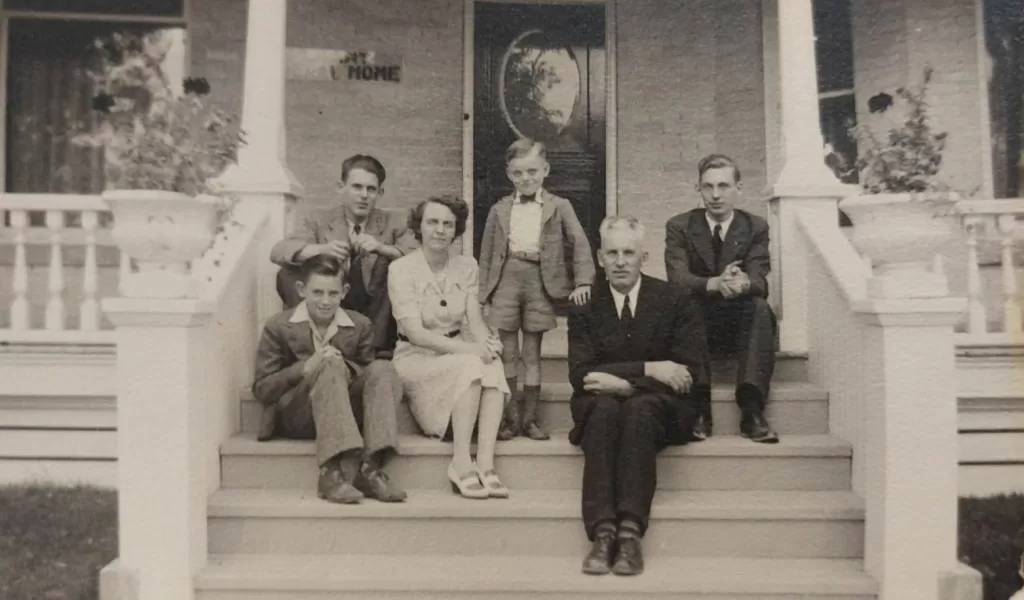
In 1925, Jim Moody hired Maurice to operate his funeral home, Moody’s Funeral Parlours, on the corner of Superior Avenue and Eveline Street. Business was slow at first as Maurice didn’t have the equipment, such as a casket-lowering device, to make the job more efficient. Fortunately, this was a short-lived problem. Emil and Kenny Davidson, two undertakers, had attempted to pioneer a funeral home business in Selkirk, but they suffered a bad experience and quickly decided they weren’t cut out for the job. Having lost interest, they offered their equipment to Maurice as encouragement for him to stay in Selkirk. Equipped with the right tools, Maurice worked for Jim Moody for eight years.
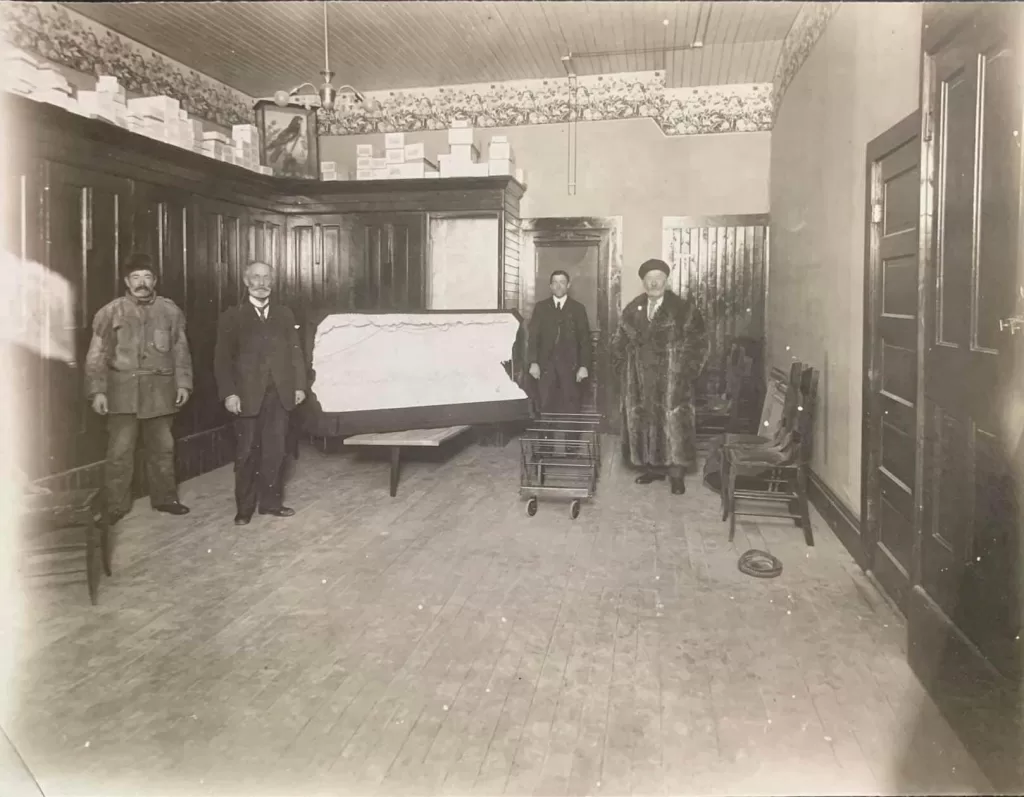
When the stock market crashed, Jim Moody was forced into bankruptcy. Maurice, laid off, moved to Winnipeg with his young family to find work. The Winnipeg Casket Company took over the Moody’s Funeral Parlour and hired Mr. Fowler to manage the business. Unfortunately, Mr. Fowler was unpopular among Selkirk citizens.
In 1935, Dr. Harry Gibbs loaned Maurice $400 to continue running the funeral home in Selkirk. Gordon Hooker offered him the use of his house on Vaughan Avenue and Eveline Street to operate the business and live upstairs. With the help of these two men the Gilbart family retuned to Selkirk and continued, for the most part, where they left off.
In 1942, mayor William Gordon listed the present property for sale. 309 Eveline Street is a grand Queen Anne Revival Style house built in 1890 for Edwin F. Comber who was the Chief Engineer at the Manitoba Asylum, financial agent, librarian, electrician, inventor, and prominent citizen of Selkirk.
The home is constructed of brick on a wooden frame with a truncated, pyramidal roof. There are a variety of window styles, such as bay, Palladian, and leaded glass. Over the years the original structure would be modified for use as a funeral home, but it still retains original features, such as the interior staircase.
With dreams of his own funeral home, Maurice purchased the former Comber House and moved his family of six upstairs.
Eighteen months later, Maurice developed a kidney disease and died from a heart attack at the age of 47. At the time, the two oldest boys Mel and Eric were away at war, and the third oldest son, Roy was too young to take over the funeral home. Bill Langrill, the manager of Mordue Brothers Funeral Home, presented Muriel with a generous offer to purchase the home, which she accepted.
Breaking Ground
Muriel saw the needs of many people while working at the funeral home, but one particular need stood out: flowers. There were no flower shops in Selkirk in the 1940s, and so flowers had to be shipped by bus into Selkirk. Pioneering her way as one of the first women to own her own business, Muriel opened a flower shop at 242 Manitoba Avenue in 1946. First, Gilbart’s Florists, then later Selkirk Florists, was a thriving business which employed many women in Selkirk. The shop supplied flowers for all occasions, including funerals and weddings. Muriel’s entrepreneurial accomplishment would later lead to the success of generations of Gilbarts in the undertaking business.
Generations of Funeral Directing
Roy, born in 1929, grew up observing his father in the funeral business. In 1947, Mr. Gardiner, Maurice’s former employer hired Roy. Later, in the early 1950s, he pursued an education as a funeral director and embalmer at Bardal’s Funeral Home. While employed at Bardal’s, Roy and June Pruden married. They lived in a suite above the home for $5 a week. Roy earned $45 a week and with $40 leftover they were “living high on the hog.”
Roy graduated in 1954, which was incidentally the same year that Bill Langrill died, and the former Gilbart Funeral Home went up for sale a second time. Many funeral homes in Winnipeg were interested, but Mr. Langrill’s widow, Kay, decided to sell it to Roy. With help from Muriel, Roy purchased the funeral home.
Roy managed the funeral home for 50 years until 1994 when his son, Wes took over. In 1978, Wes graduated with his license as a funeral director and embalmer and joined his father. Gilbart Funeral Home is now run by Wes’ son, David, marking a four-generation business. The Gilbart women, Muriel and June were involved in the business and contributed greatly to its growth and success.
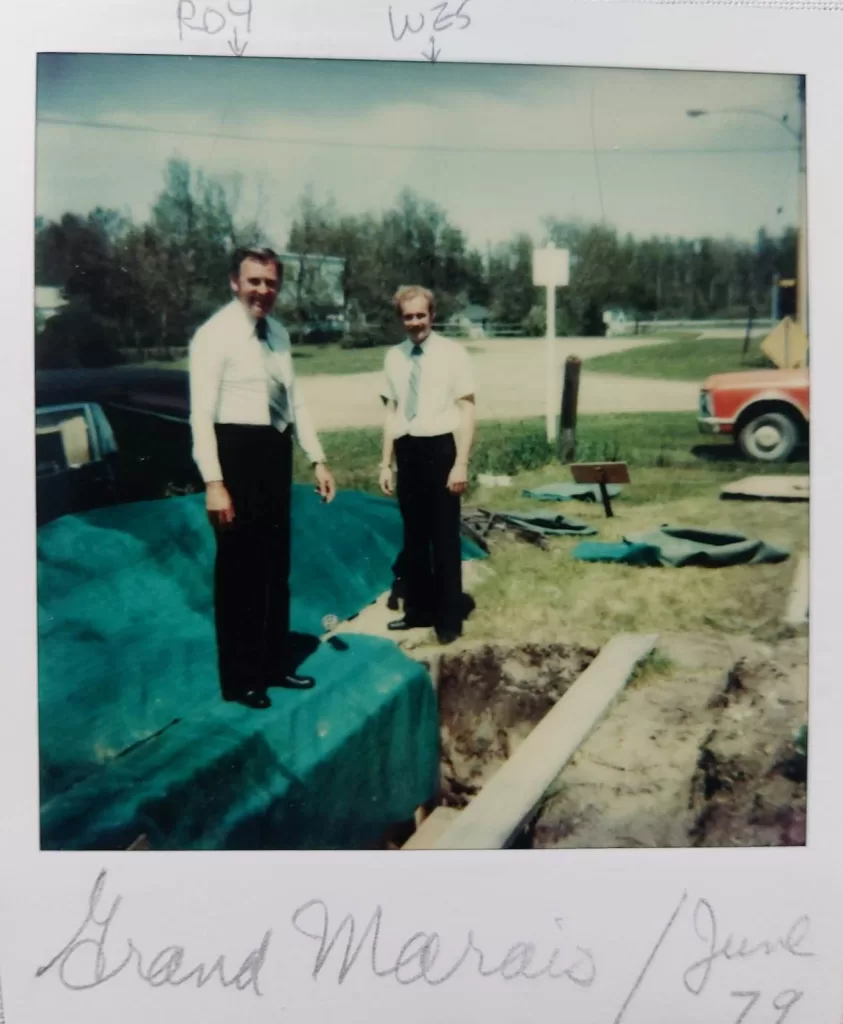
Expansion
In 1958, the first chapel was built onto the funeral home. In 1964, the funeral home saw another expansion, with the addition of an embalming room and a heated garage. A new Oldsmobile and a two-stretcher ambulance were added to the fleet. Gilbart Funeral Home’s ambulance service began because the funeral director’s stretcher was the only one in town, and the hearse was the only vehicle large enough to transport an ill or injured person. The service continued up until 1979.
By the 1970s, another expansion was needed. An addition built onto the chapel for standing room. In the 1980s, the driveway which wrapped around the north side of the house was filled in and the chapel was extended again, along with washrooms and a second arrangement office. The upstairs of the house which had seen many residents was turned into storage. One former employee, Chuck Norquay, who the beloved Chuck the Channel Cat statue is named after, lived upstairs with his family during his employment.
The largest expansion yet, overseen by David in 2014, brought the construction of a 200-person reception hall at the rear of the building. The addition increased the total building capacity to 700 people.
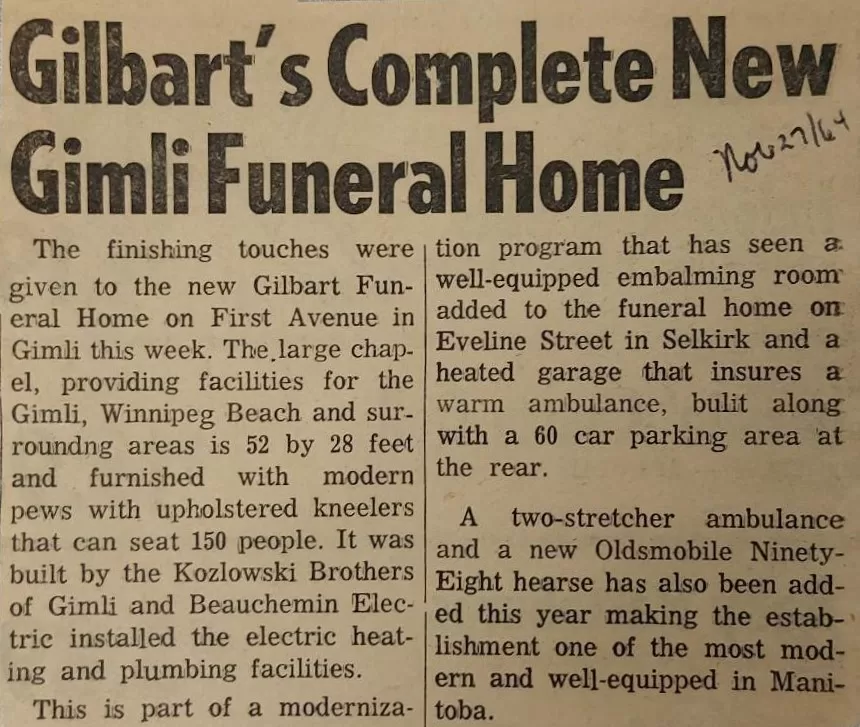
A Gilbart Funeral Home branch opened in Gimli in 1962 to serve the north Interlake Communities. The building included an apartment, a garage, and a chapel that could seat 150 people.
Gilbarts at the Oscars
In 2005, Gilbart Funeral Home was scouted by a film company from Winnipeg and selected as a filming location for the drama, Capote. The funeral home appears 20 minutes into the film with the front sign visible. Phillip Hoffman made a striking and emotional performance, which landed him Oscar.
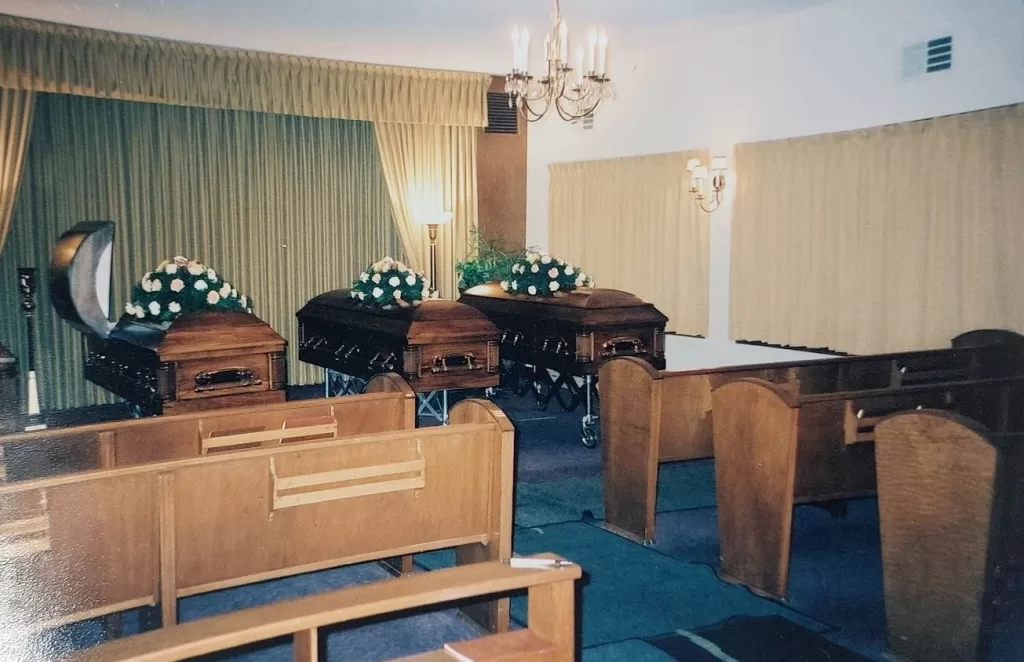
Without dedication, consistency, passion, and community, the generation long business would not exist today. The story of Gilbart Funeral Home is one that reflects the community in which it serves. As one of Selkirk’s longest run businesses, it plans to be here for generations to come.
Gilbart Funeral Home Collection
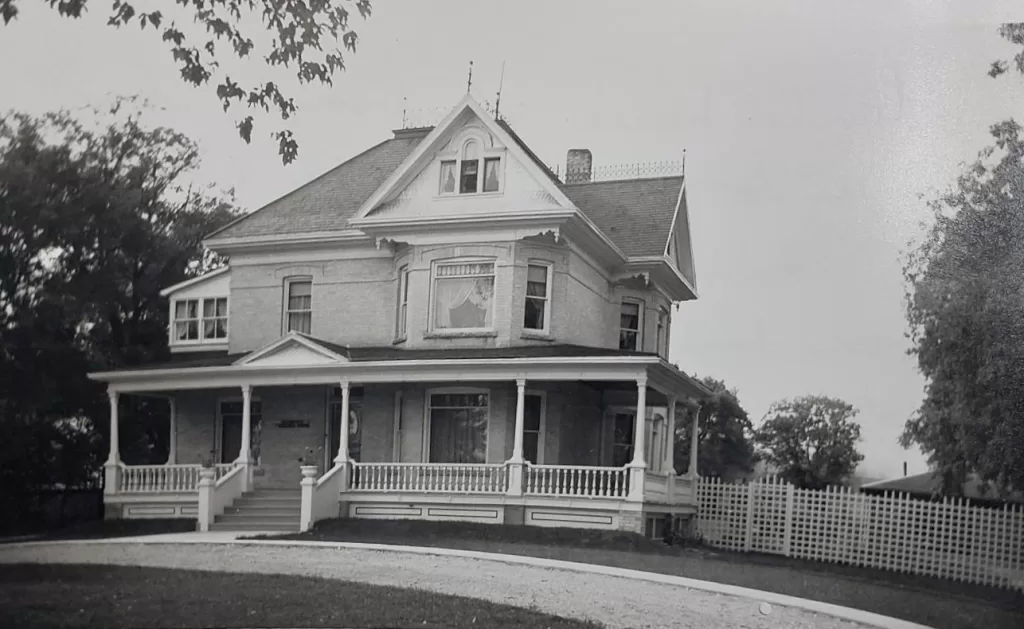
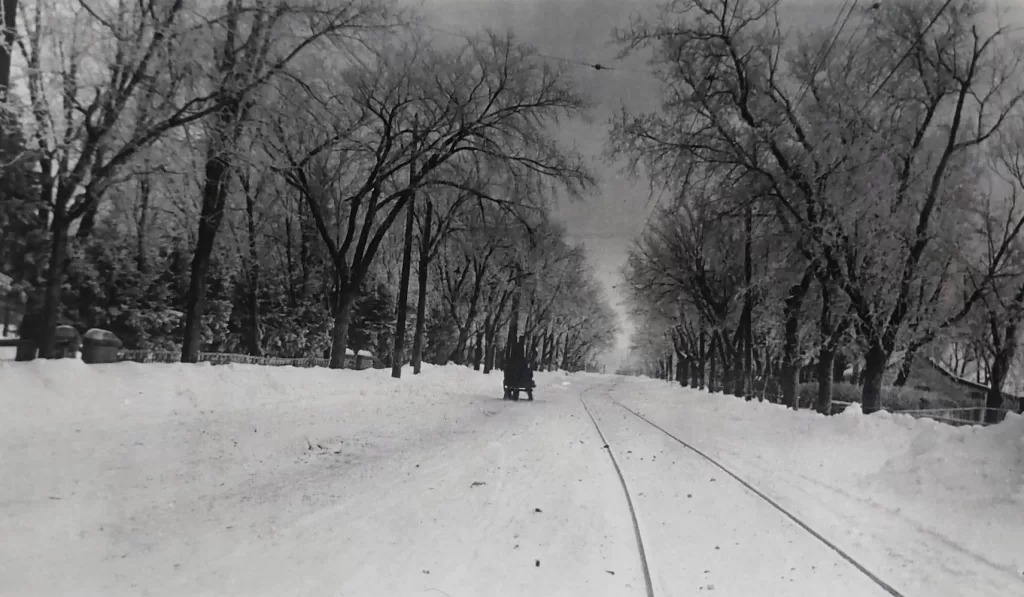
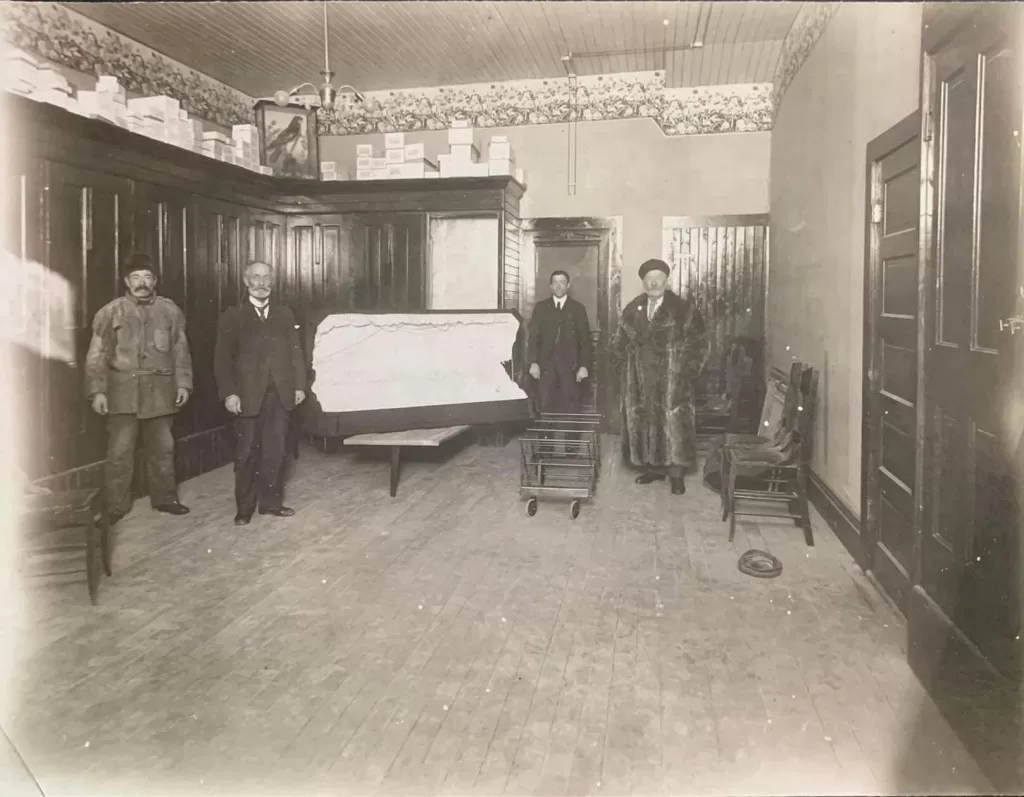
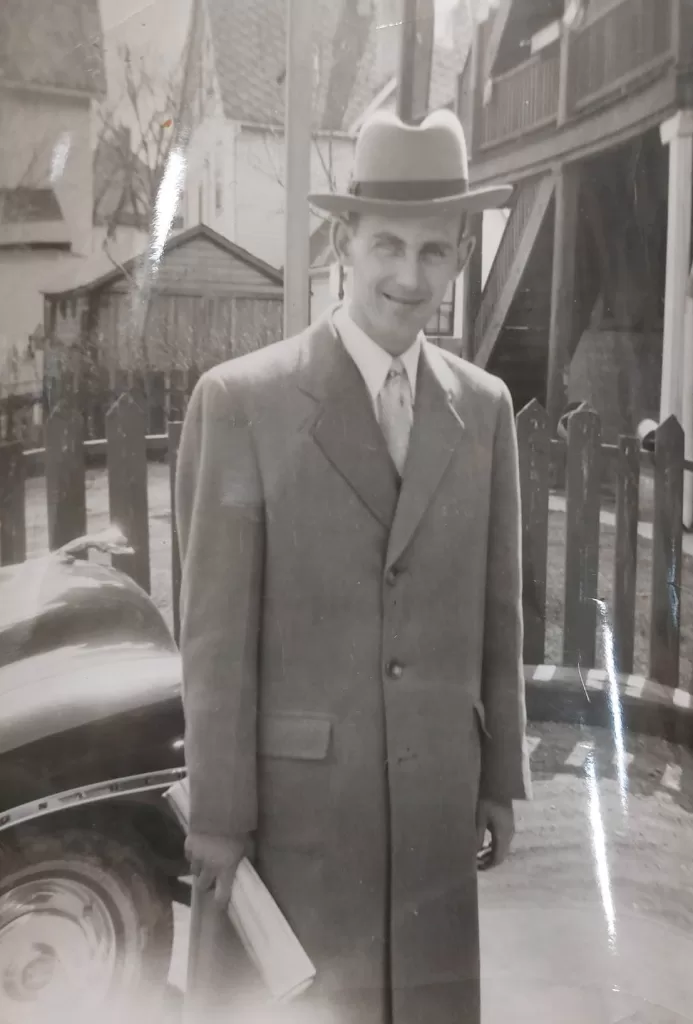

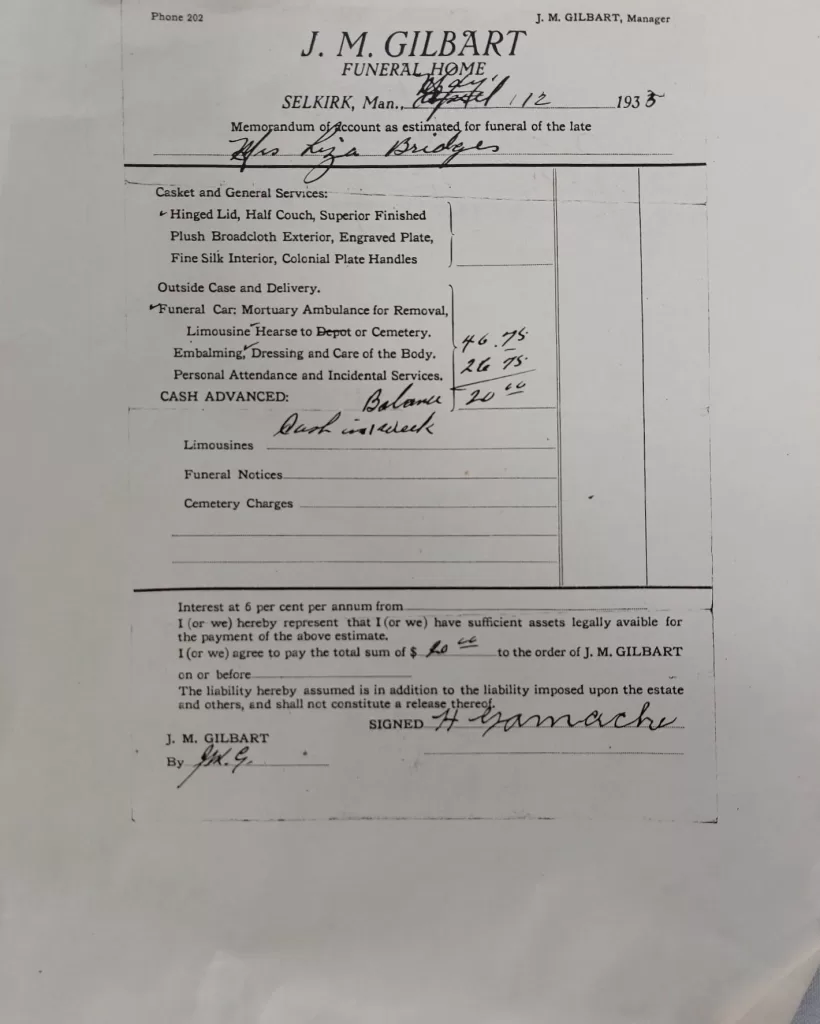

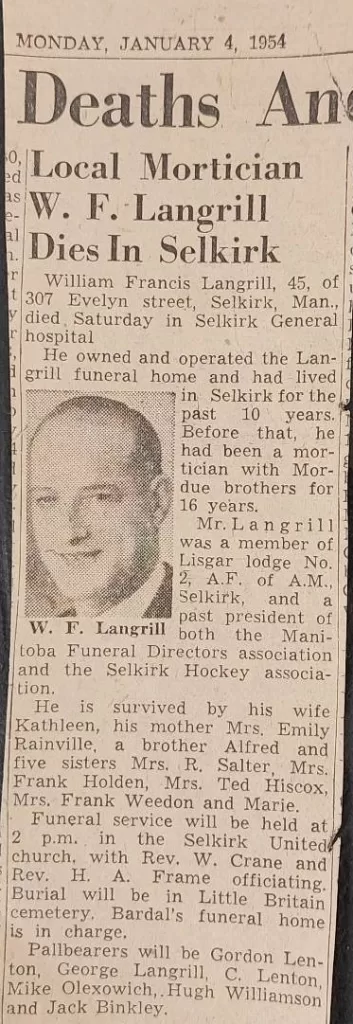
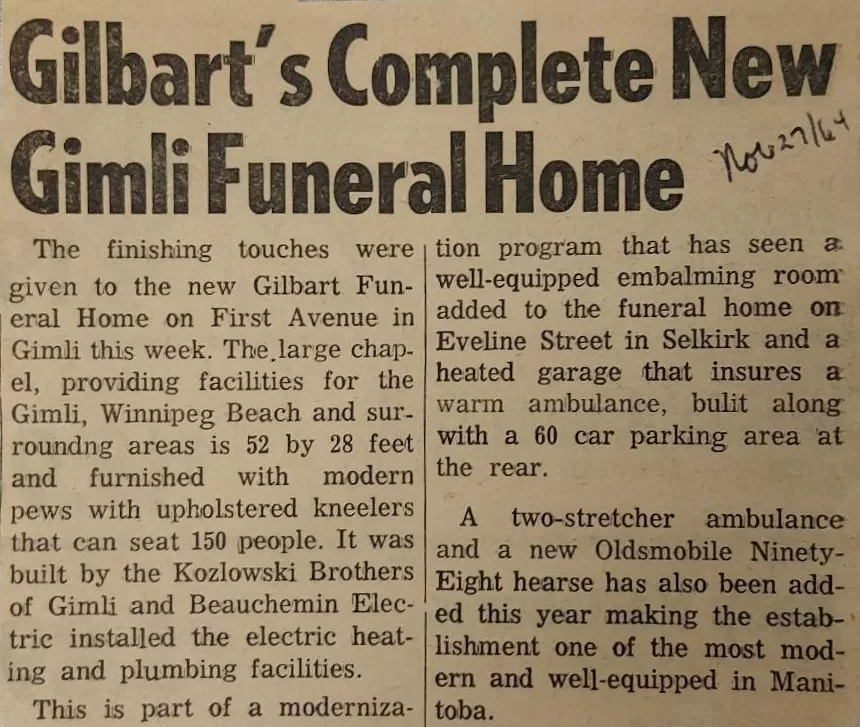
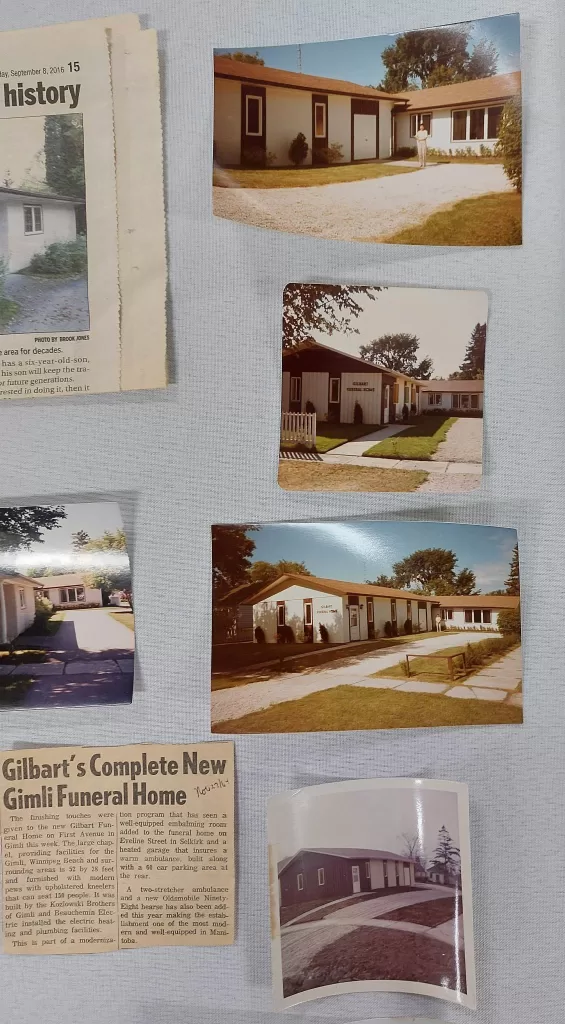
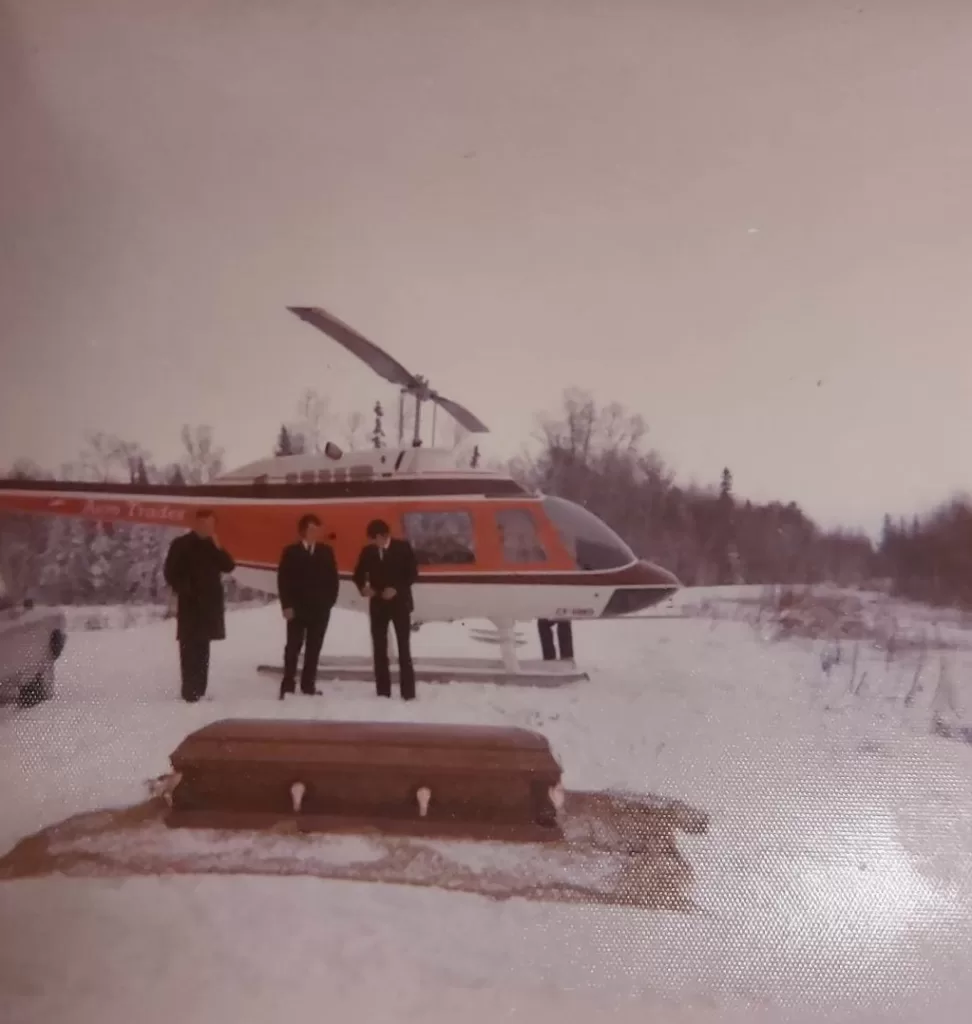
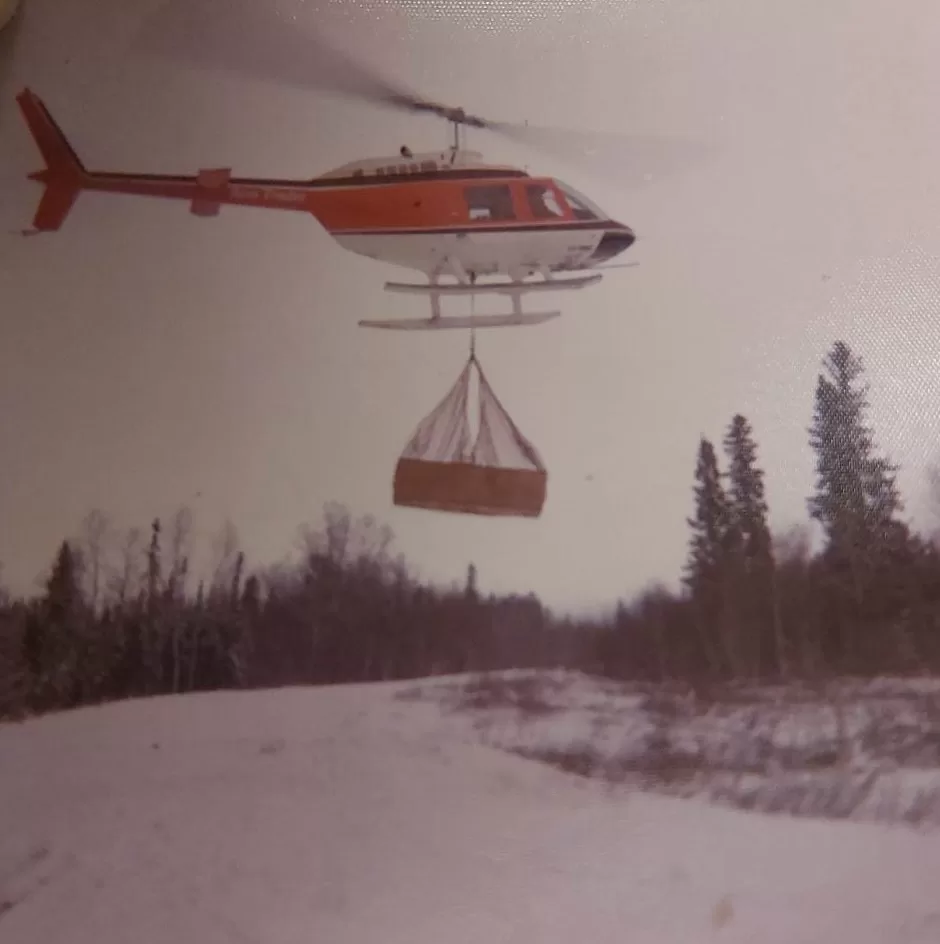
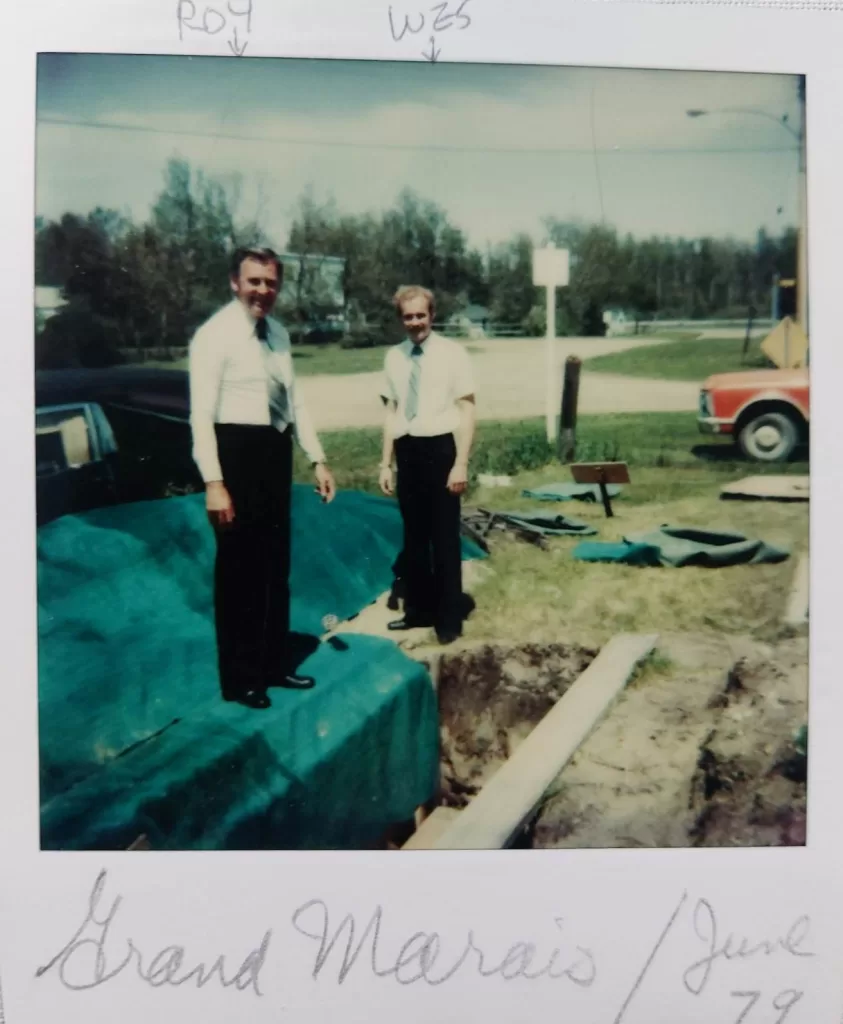
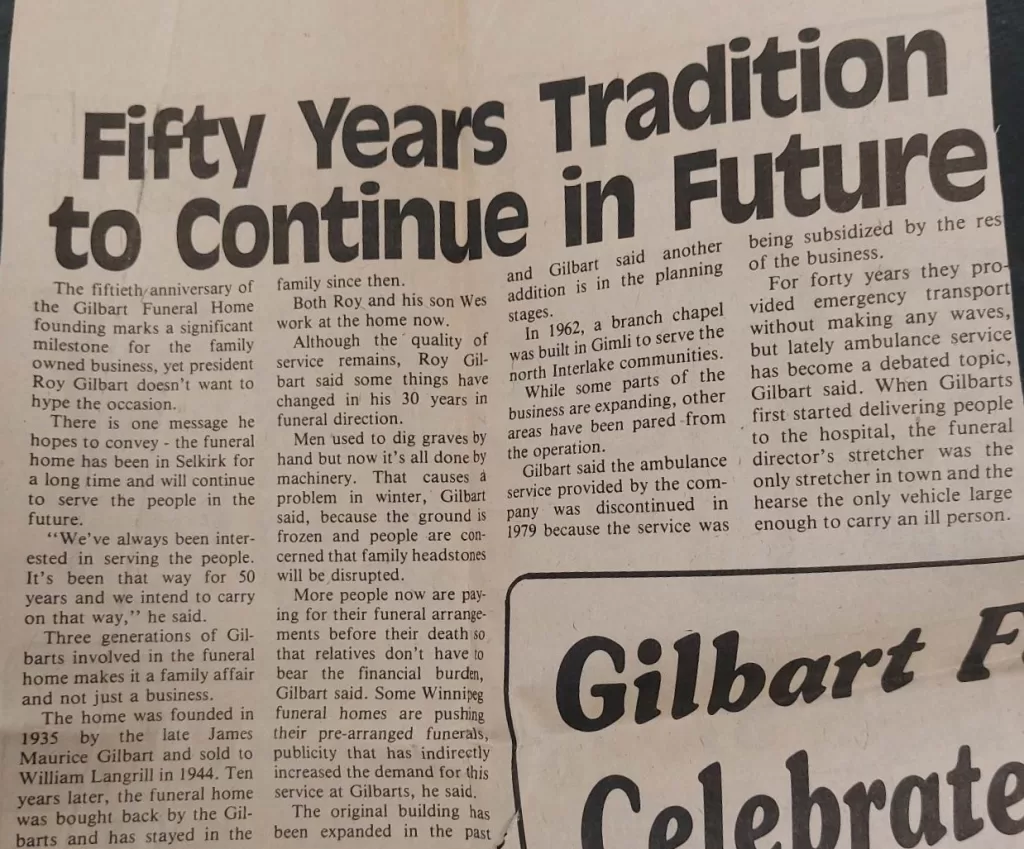
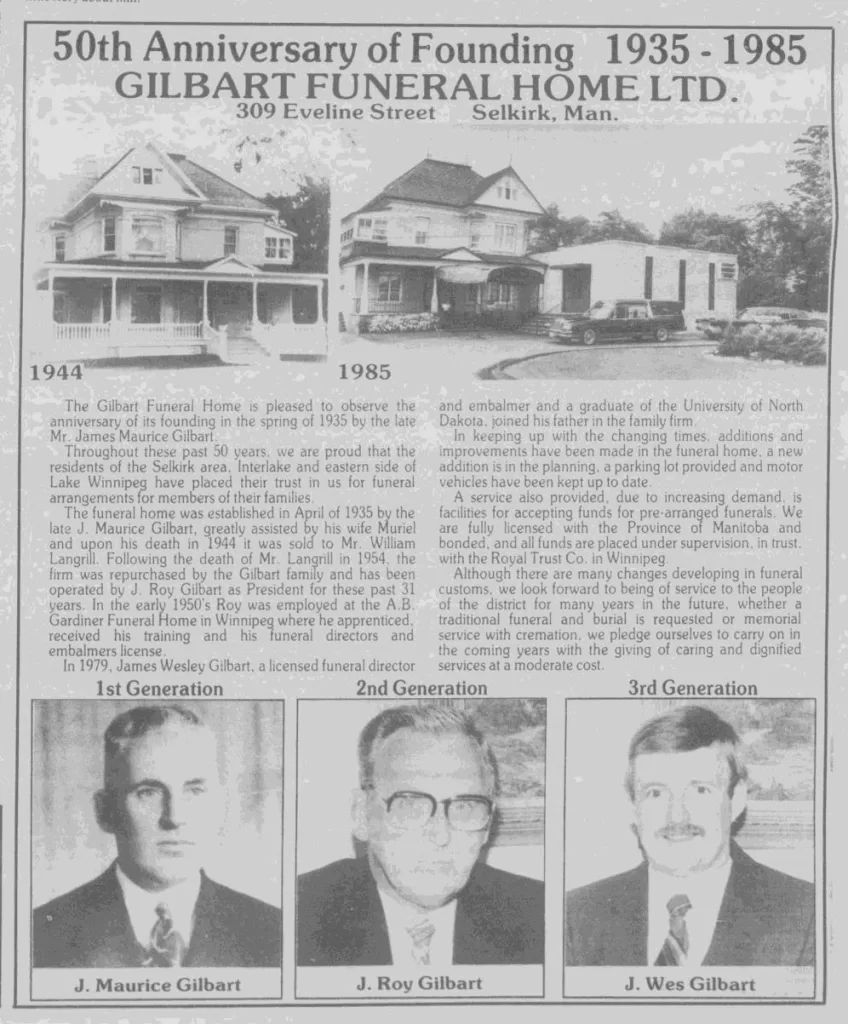
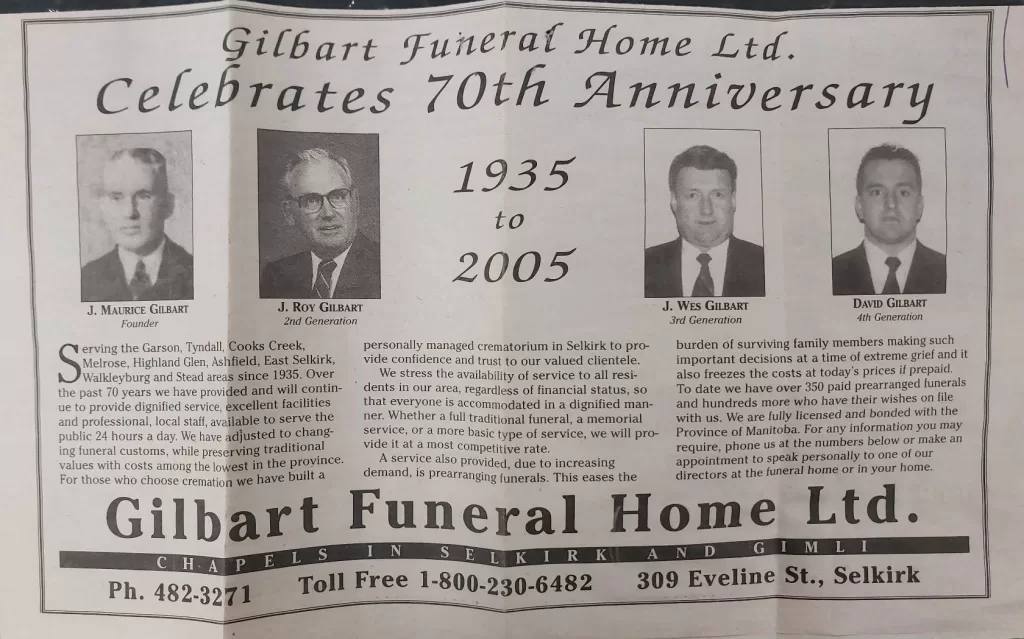

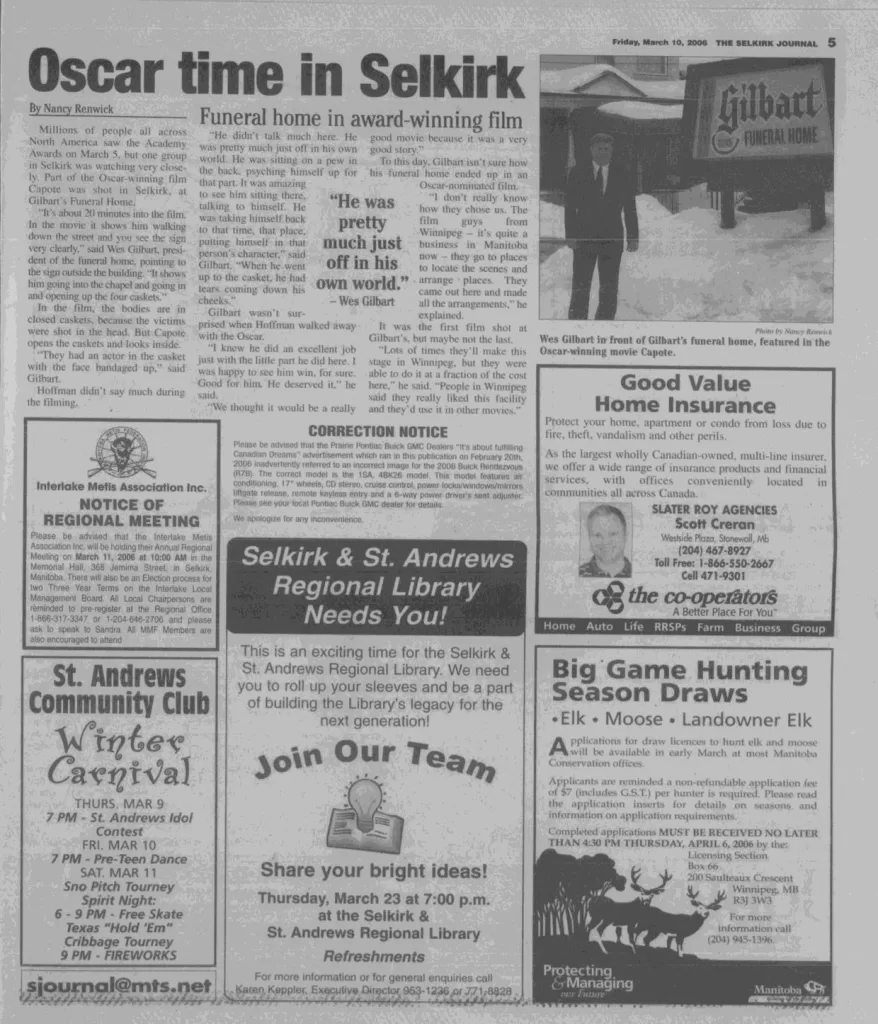

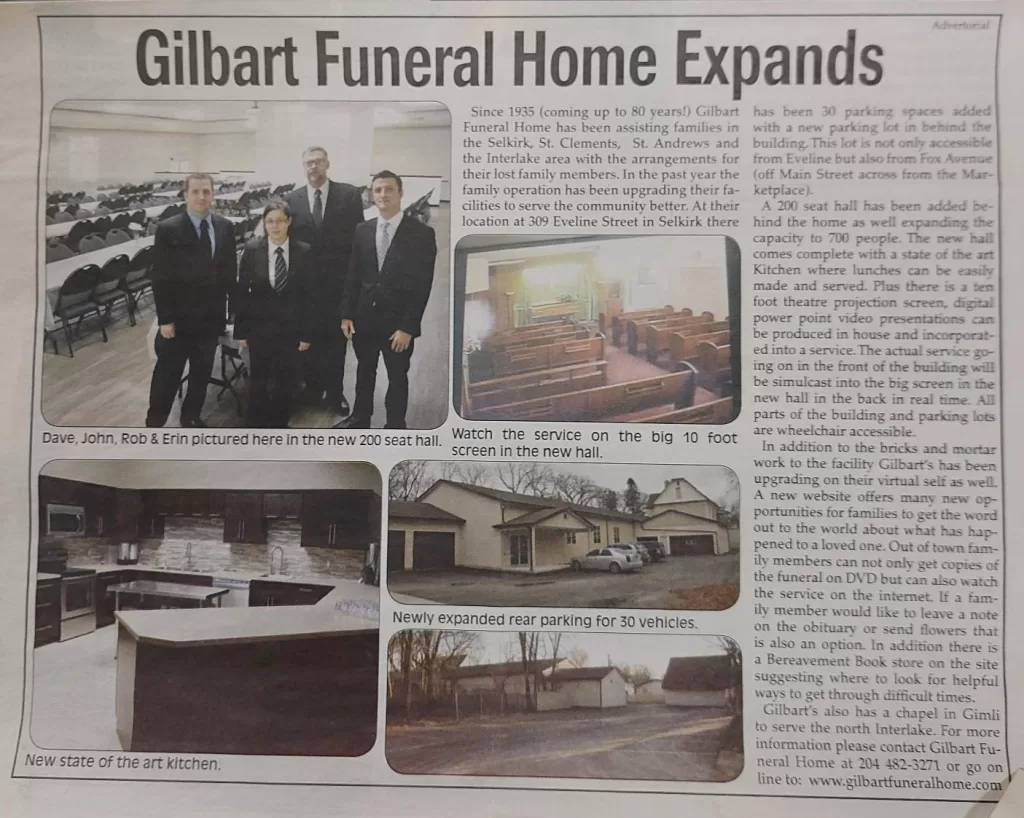
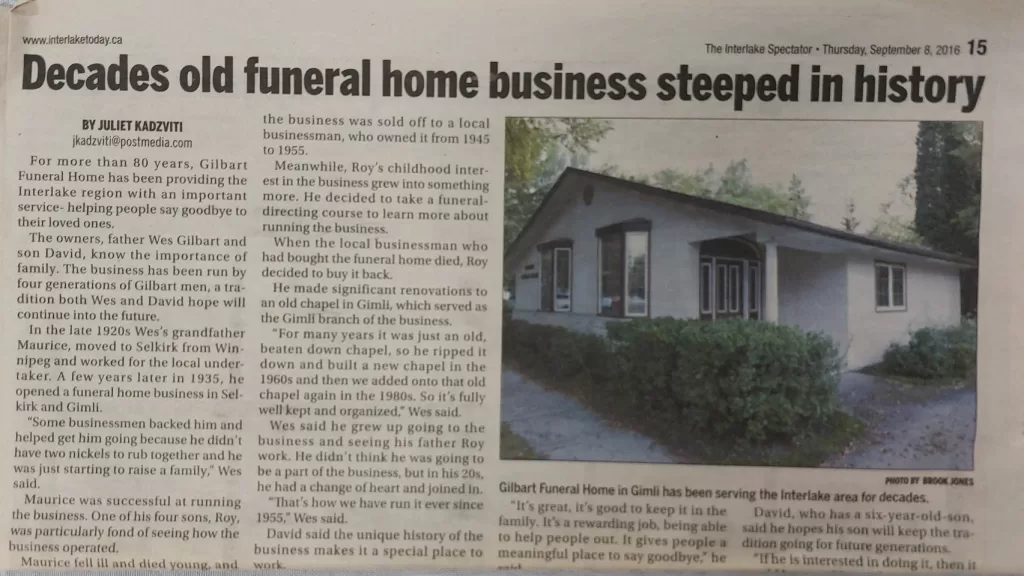
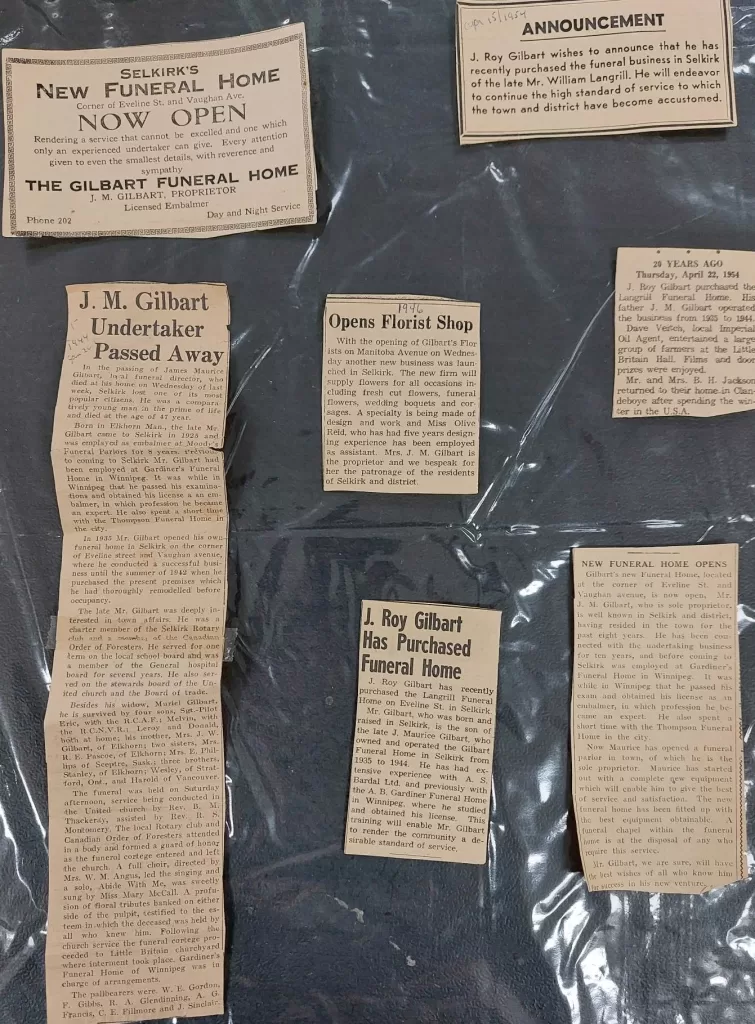
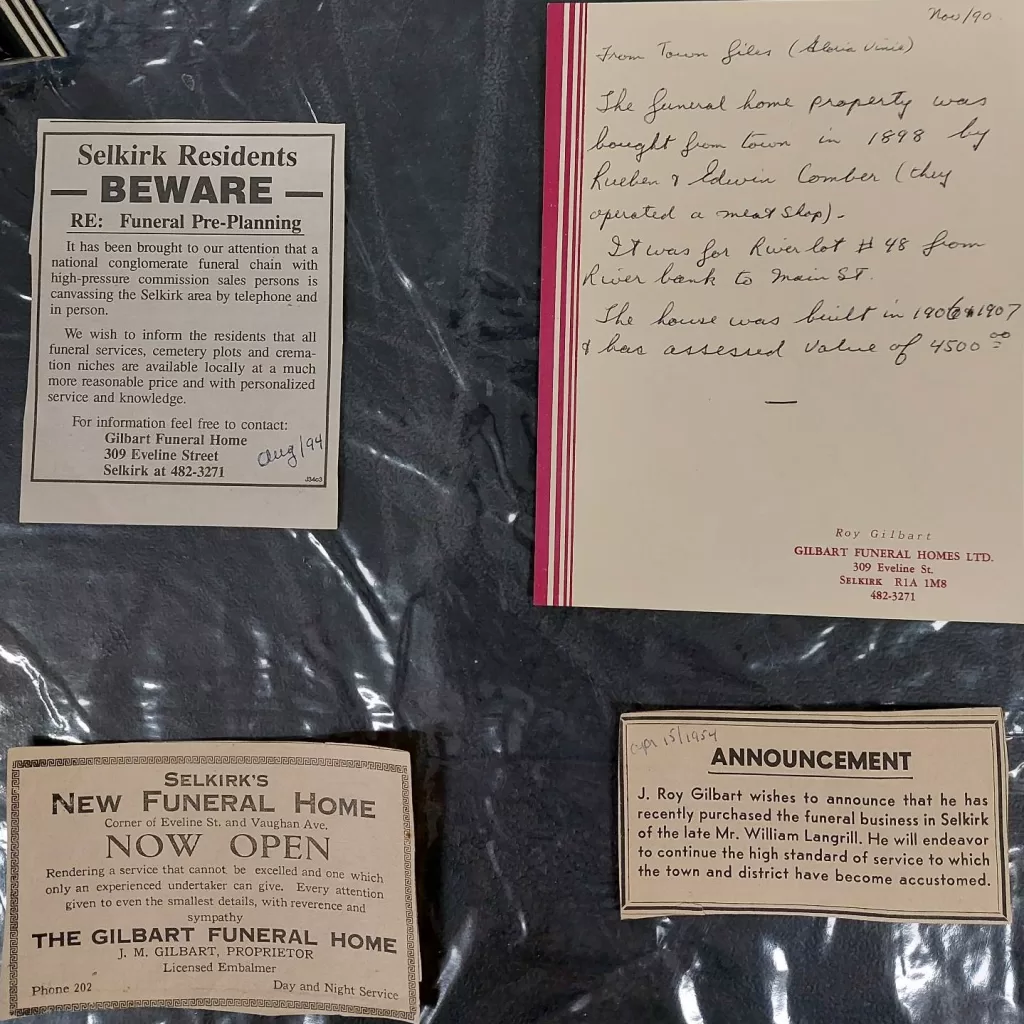
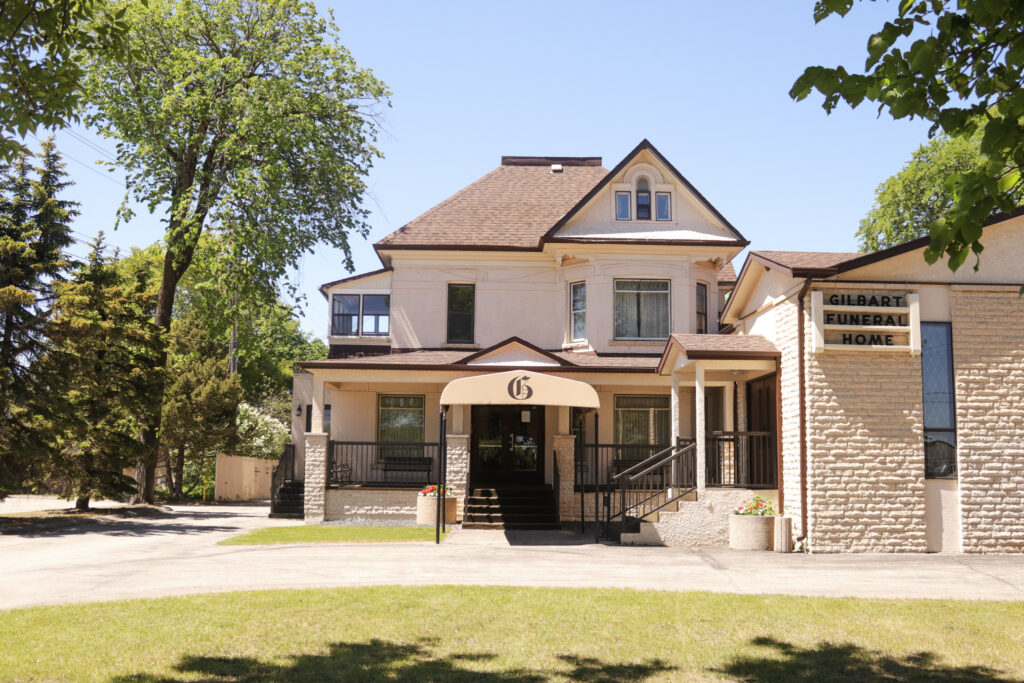
Sources
Stories of Selkirk’s Pioneers and Their Heritage, Kenneth G. Howard
Manitoba Historical Society – Comber House
Gilbart Funeral Home Website
Newspaper Clippings Supplied by Wes Gilbart
Oral History Interview with Wes Gilbart

